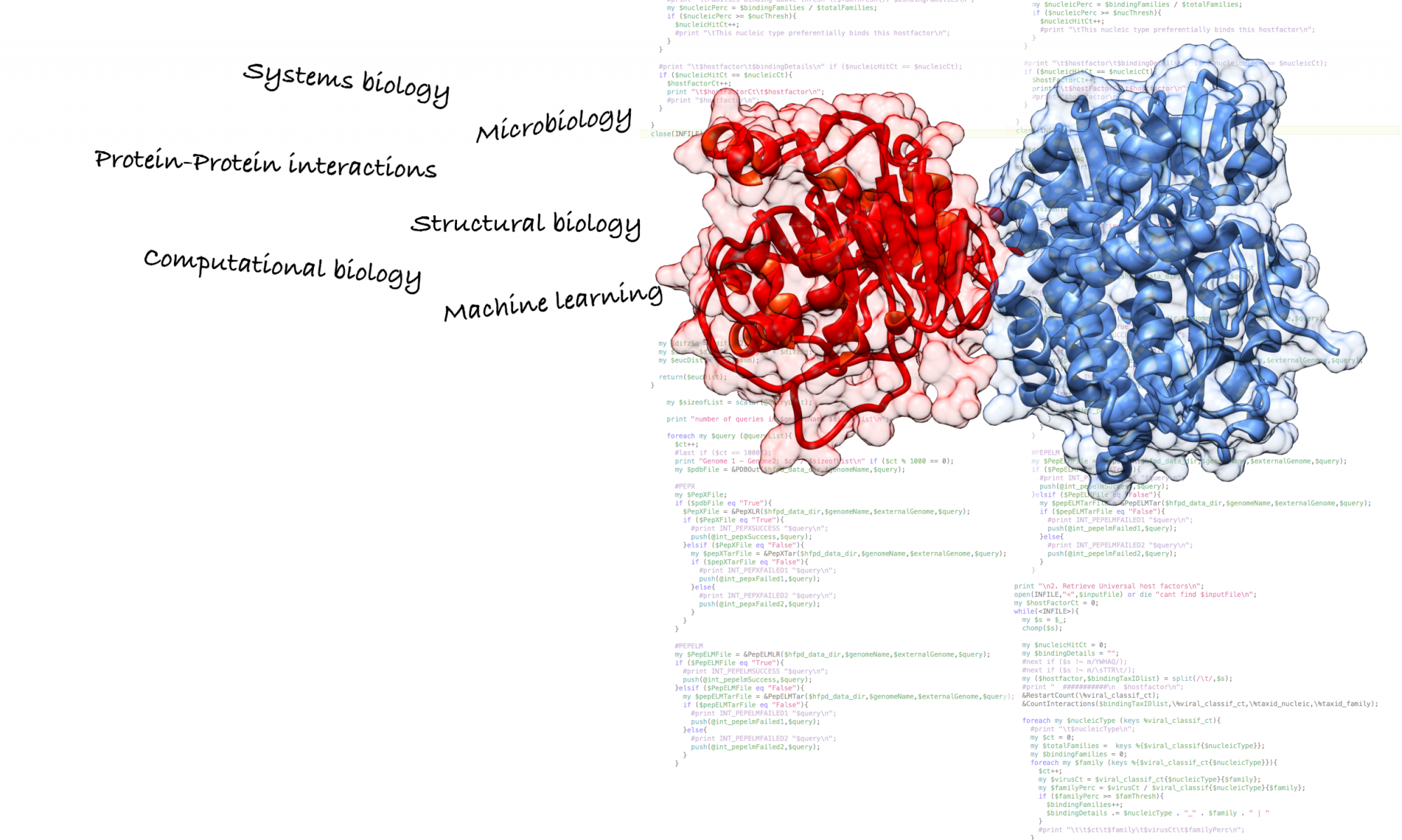Trabuco and colleagues introduce a very interesting approach that combines high-resolution data from X-ray crystallography with lower-resolution electron density maps obtained by cryo-electron microscopy (cryo-EM). This method, known as MDFF (molecular dynamics flexible fitting) incorporates two new variables into its MD potential energy function, one that corresponds to a potential derived from the EM data and another variable that aims to preserve the secondary structure of proteins and nucleic acids.
Such combination permits to take the knowledge that you can extract from cryo-EM maps further. It is important to highlight that the EM map represents an ensemble of conformational states even when dealing with a homogeneus dataset. Therefore, it is preferred to show how not just a single fitted structure but a set of differently structures fitted equally well into a single cryo-EM map. Something similar to the ensemble of structures obtained by NMR.
To our knowledge, this is the only method for flexible fitting capable of dealing with nucleic acids and proteins. The authors release newer versions from time to time (they recently incorporated symmetry restraint into the simulation. I would recommend this method to anyone who is planning to apply a flexible fitting method in his/her research.
